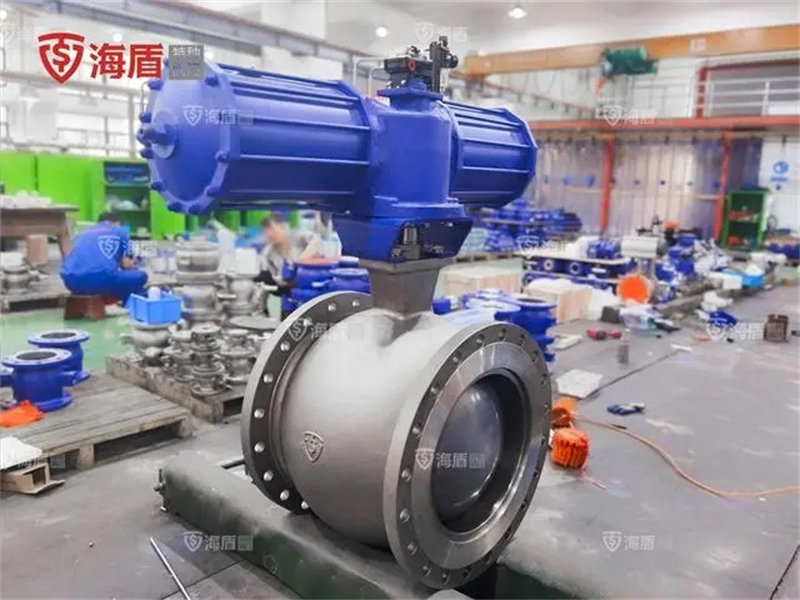An pneumatic V-ball valve(V port ball valves)is a device that uses a pneumatic actuator to control valve operation, and its primary purpose is to regulate the flow of fluids, especially in applications requiring precise flow control and the ability to shut off fluid flow. Here are some details about pneumatic V-ball valves:

Construction and Principles: A pneumatic V-ball valve consists of essential components, including the valve body, valve core (ball), pneumatic actuator, and control system. The valve core often features a V-shaped groove that allows for precise flow control upon rotation. The pneumatic actuator controls the valve core's angle of rotation, opening or closing the valve. This design enables smooth fluid flow and accurate flow control during valve opening and closing.

Functions: The main functions of pneumatic V-ball valves include:
Flow Regulation: By rotating the V-shaped ball, these valves can adjust the fluid flow, allowing for precise flow control. This is useful in industrial processes where maintaining specific flow rates is critical.
Quick Shut-Off: Pneumatic V-ball valves can rapidly stop fluid flow, making them suitable for emergency situations where a prompt cessation of fluid flow is required, such as in leak control or emergency shut-offs.

Fluid Control: These valves can be used for fluid control in applications involving liquid, gas, and dust media, making them versatile for various industrial sectors, including chemical, petroleum, food processing, pharmaceuticals, and water treatment.
Precision: Thanks to the design of the V-shaped ball, pneumatic V-ball valves offer high flow control precision, making them suitable for applications requiring specific flow parameters.

In summary, a pneumatic V-ball valve is a multi-functional valve suitable for applications requiring precise flow control, emergency shut-off capabilities, and fluid control. Through the use of pneumatic actuators, it can be remotely controlled, improving operational convenience and automation.


















